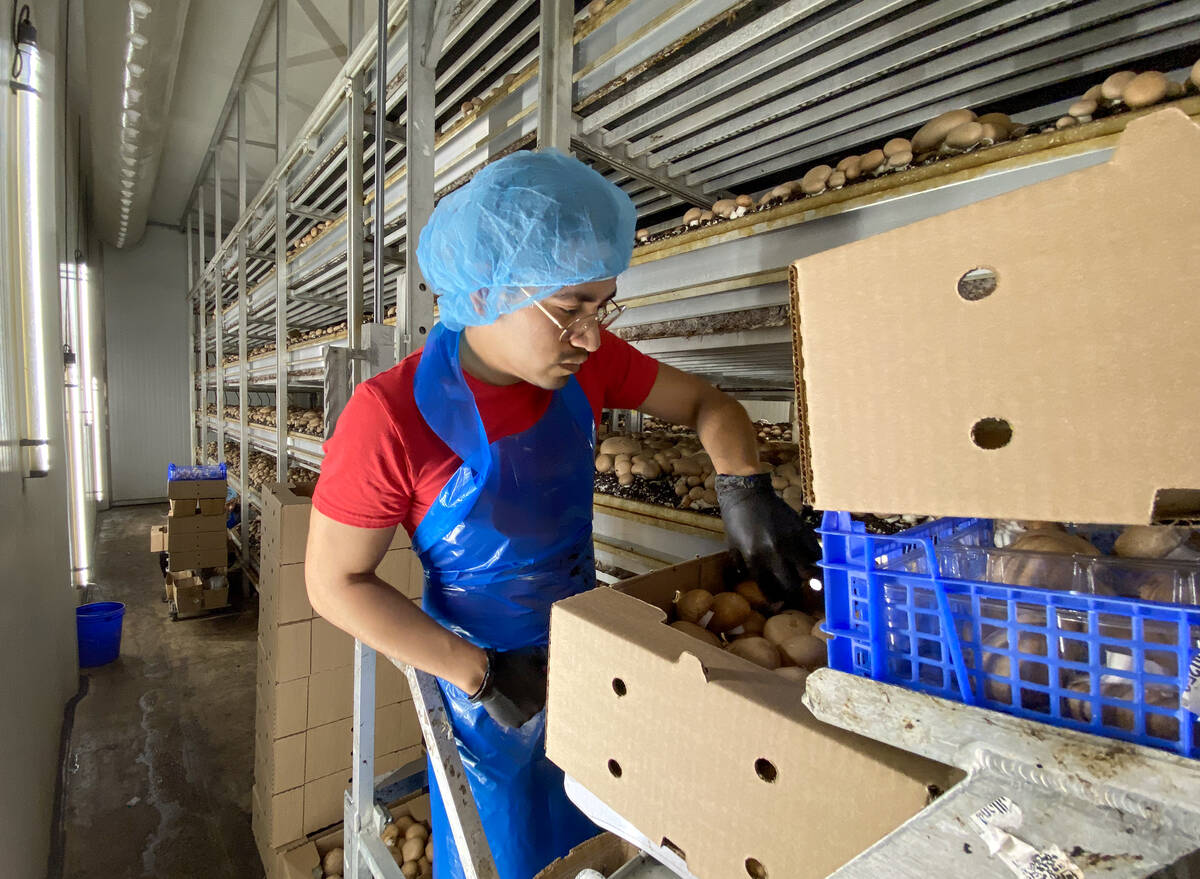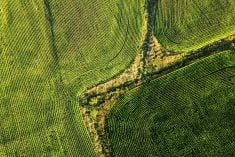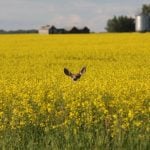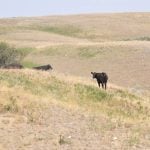Ontario Farmland Trust (OFT) is sowing the seeds for a protected agricultural land reserve, one that remains impervious to provincial policy changes.
“We’re working on a very long timeline, very few resources and a lot of work ahead of us, but we’re starting somewhere,” Martin Straathof, OFT executive director, told Farmtario during an event celebrating the Stevens family placing Wilmot Orchards’ 164 acres of Class 1 prime farmland into a 999-year OFT land trust agreement.
Read Also

Ontario’s other economic engine: agriculture and food
Ontario Federation of Agriculture president, Drew Spoelstra, says Ontario’s agriculture and agri-food sector should be recognized for its stability and economic driving force.
Why it matters: OFT easement agreements remove development rights, ensuring the land remains in agriculture for the duration of the term through legally binding conservation interests on property titles, regardless of ownership.
“They (farmers) own the land. They own that equity in the land,” Straathof explained. “Let’s say, a few generations down the line, somebody says, ‘I could make a pretty buck by selling this to a developer.’ They won’t be able to do that.”
Landowners receive a tax credit equal to the conservation land value (the difference between the market value before and after the easement) assessed by an appraiser, said Straathof.
Easement terms are negotiated on an individual basis, incorporating development safeguards. However, if the landowner and OFT agree, there is potential to revisit and adjust the terms with Ministerial approval, provided the changes uphold or strengthen conservation interests.
“You can amend an easement to increase the restrictions, but you can never decrease them,” he clarified. “We know that agriculture has changed drastically in the last 50 years. We can’t even begin to imagine how it’s going to change over the next 1,000 years.”
A common farmer concern is how an easement could restrict future operational decisions, including diversification or on-farm housing development.
“Housing is a hot topic,” he said, explaining that best practices from the Ontario Ministry of Agriculture, Food and Agribusiness and local planning bodies have helped establish a starting point of five per cent land coverage for other essential uses. “That’s the strength of these easement agreements—we’re not going in with an iron fist. We work with the landowners to address their concerns.”
For instance, up to two per cent of a property, capped at one hectare, can be used for on-farm diversified uses. Wilmot Orchards’ AppleBerries Café is a prime example, serving as a viable secondary income source that helps sustain the farm’s primary purpose and is eligible for expansion if necessary.
“If agriculture, as a business, can’t remain viable, then we haven’t done our jobs of trying to protect it for farmland,” Straathof said.
Despite the easements being free to landowners, OFT bears the significant costs of initiating and managing them. Each project can take up to two years and requires funding for surveys, legal work, appraisals, and staff. Fortunately, a recent $1 million grant has enabled the Trust to hire three regional farmland protection coordinators for Eastern, Central, and Southwestern Ontario.
“One of the first projects, aside from working with landowners to do easements, is to identify priority counties within the region,” Straathof noted. “We’ll be able to respond more quickly to the farmers in those areas, and it also gives us a huge chunk of the resources that we need to cover the cost.”
Straathof said that clustering farmland trusts cultivates the groundwork for a broader agricultural land reserve spanning municipalities and the province, similar to a policy-proof Greenbelt.
It could take 50 to 100 years, but he said, “at least we’re moving the needle, shy of the government doing it.”
“Honestly, the momentum we’re getting right now is making me hopeful,” Straathof enthused. “We see how quickly policy can change with changing government and changing government priorities. But what should never change as a priority is the land that feeds us.”













